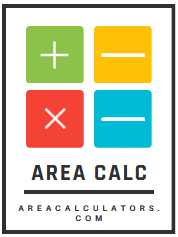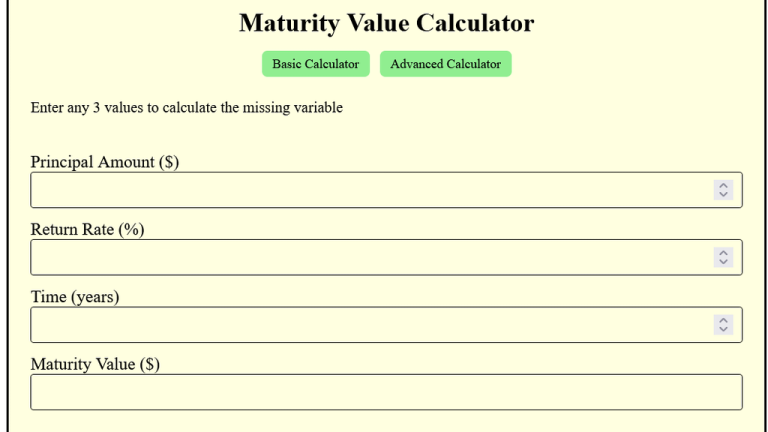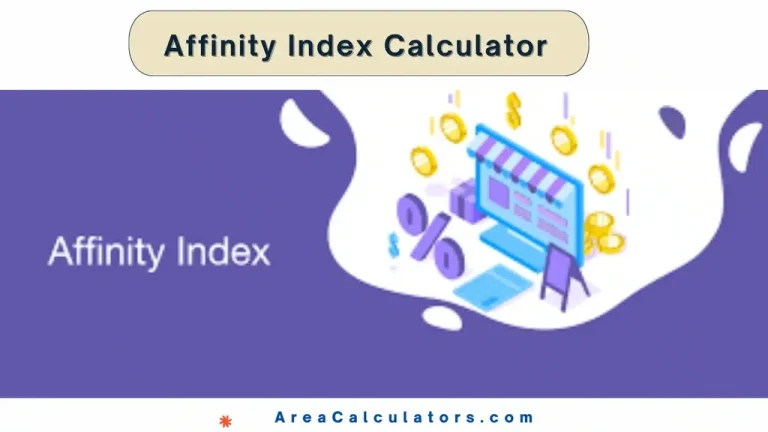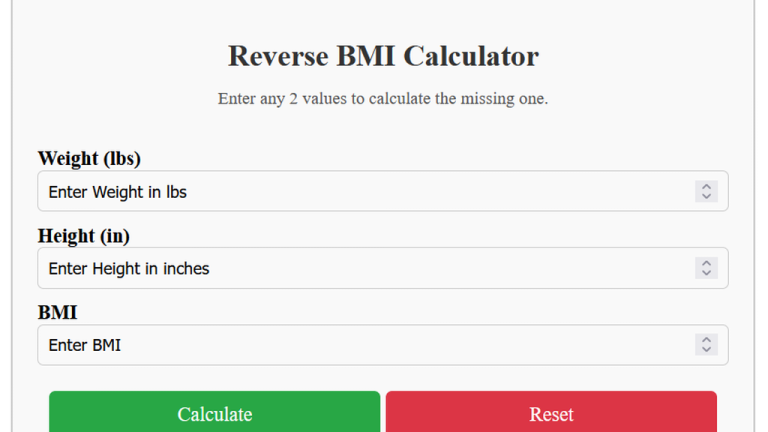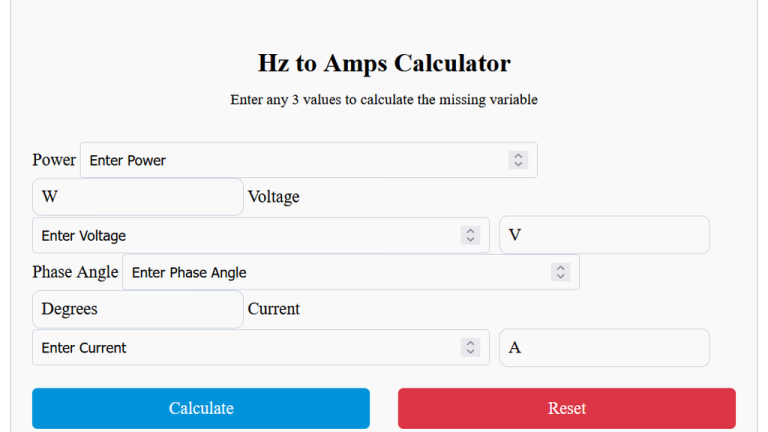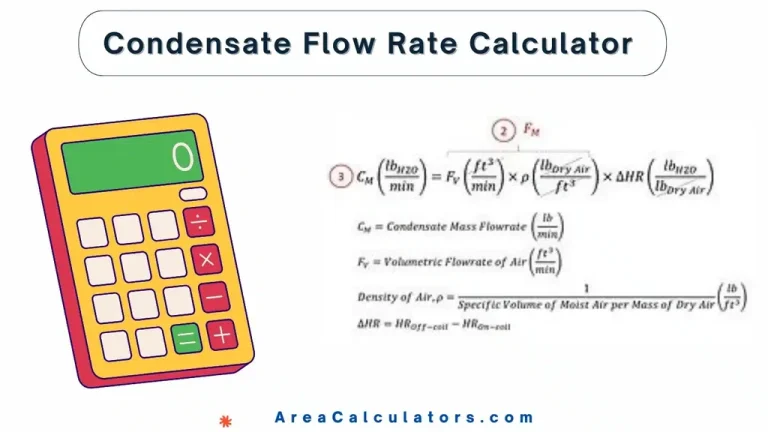Dipole Antenna Calculator – Length | Formula
The length of a dipole antenna is calculated by dividing 468 by the frequency (f) in megahertz (MHz).
The Dipole Antenna Calculator helps you determine the ideal length of a dipole antenna based on the frequency of operation. Dipole antennas are widely used in amateur radio, broadcasting, and wireless communication due to their efficiency and simplicity.
Formula
L = 468 / f
| Variable | Description |
|---|---|
| L | Length of the dipole antenna (in feet) |
| f | Operating frequency (in MHz) |
Solved Calculations
Example 1: Dipole Length for 40m Band (7 MHz)
| Step | Value |
|---|---|
| Operating Frequency (f) | 7 MHz |
| Length (L = 468 / 7) | 66.86 feet |
Example 2: Dipole Length for 20m Band (14 MHz)
| Step | Value |
|---|---|
| Operating Frequency (f) | 14 MHz |
| Length (L = 468 / 14) | 33.43 feet |
